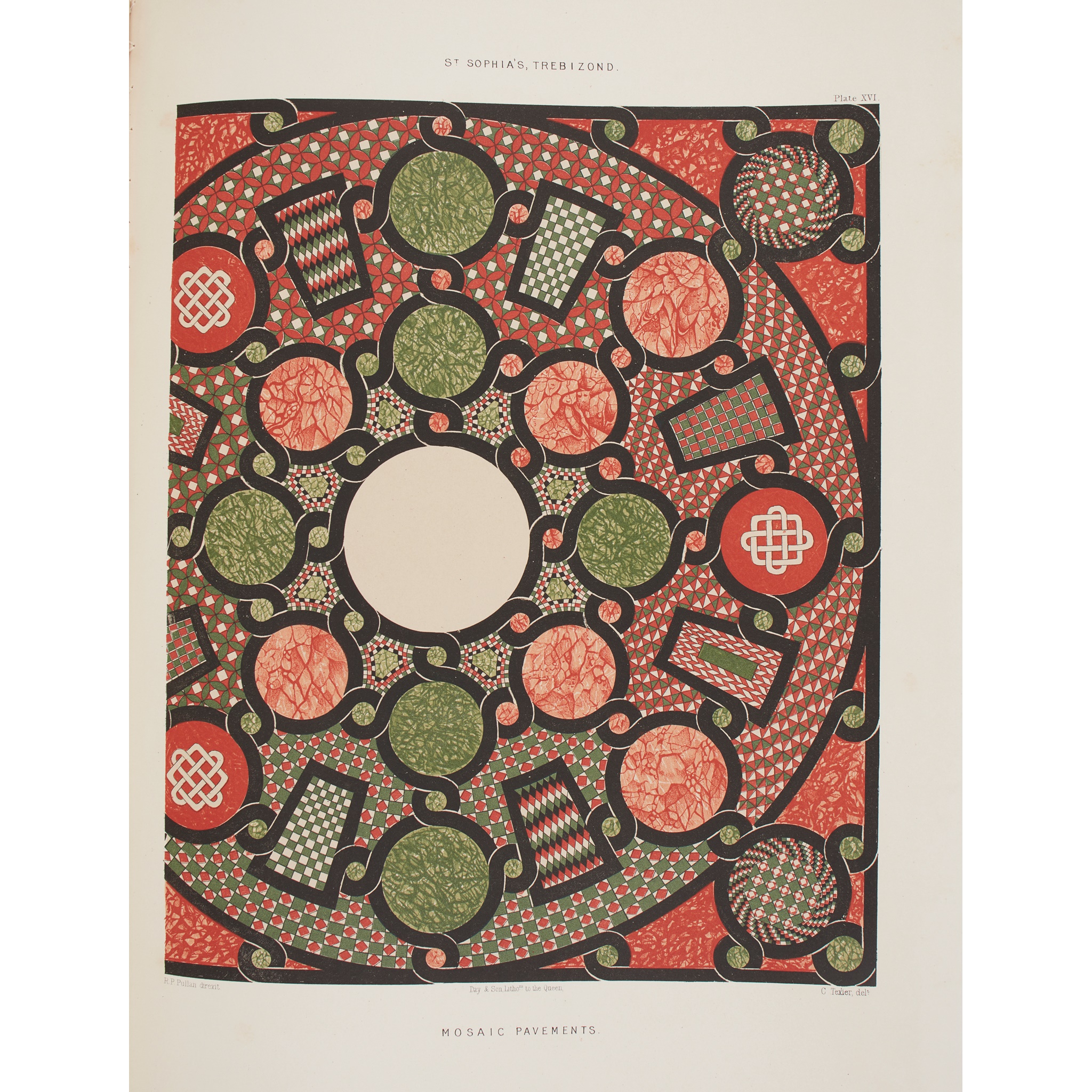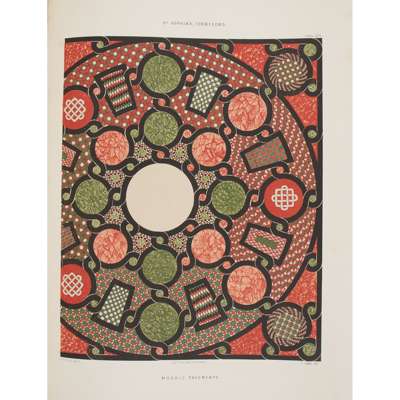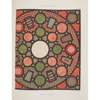
Lot 48

Texier, Charles and Richard Popplewell Pullan
Byzantine Architecture


Rare Books, Manuscripts, Maps & Photographs
Auction: 21 September 2023 at 10:00 BST
Description
Illustrated by Examples of Edifices Erected in the East During the Earliest Ages of Christianity with Historical & Archaeological Descriptions. London: Day & Son, 1864. First English edition, folio, chromolithographed additional title and 70 tinted lithographed or chromolithographed plates, many printed with gold tissue guards, 2 double-page plates and numerous woodcut illustrations, original maroon decorative cloth gilt, gilt edges, binding lightly faded
Footnote
Note: A very good copy of this lavishly illustrated survey of the early Christian architecture of Greece and the Near East. Pullan was architect to the Bodrum Expedition sent to survey the Mausoleum of Halicarnassus in 1857 and also carried out various excavations as agent for the Society of Dilettanti. The Lion of Knidos was found in 1858 by Pullan as he walked the cliffs near where he was helping Charles Thomas Newton to excavate the ancient Greek city of Knidos. Royal Engineer Robert Murdoch Smith was given the task of assisting. He was presented with the lion statue that had fallen onto its front face. The limestone core of the monument was still there but the marble cladding and other details had either been stolen or lay around where it had fallen. Smith was able to replace and move each of the remaining stones which allowed the engineer to write a detailed report on the structure. Pullan created an orthographic drawing of the building which is thought to be a good reproduction of what the whole structure would have looked like. The Lion of Knidos was loaded onto the naval ship HMS Supply and shipped to London. It is now in the British Museum.
Texier was in Asia Minor much earlier, but the two collaborated to produce this interesting work. Atabey 1213; Blackmer 1647

